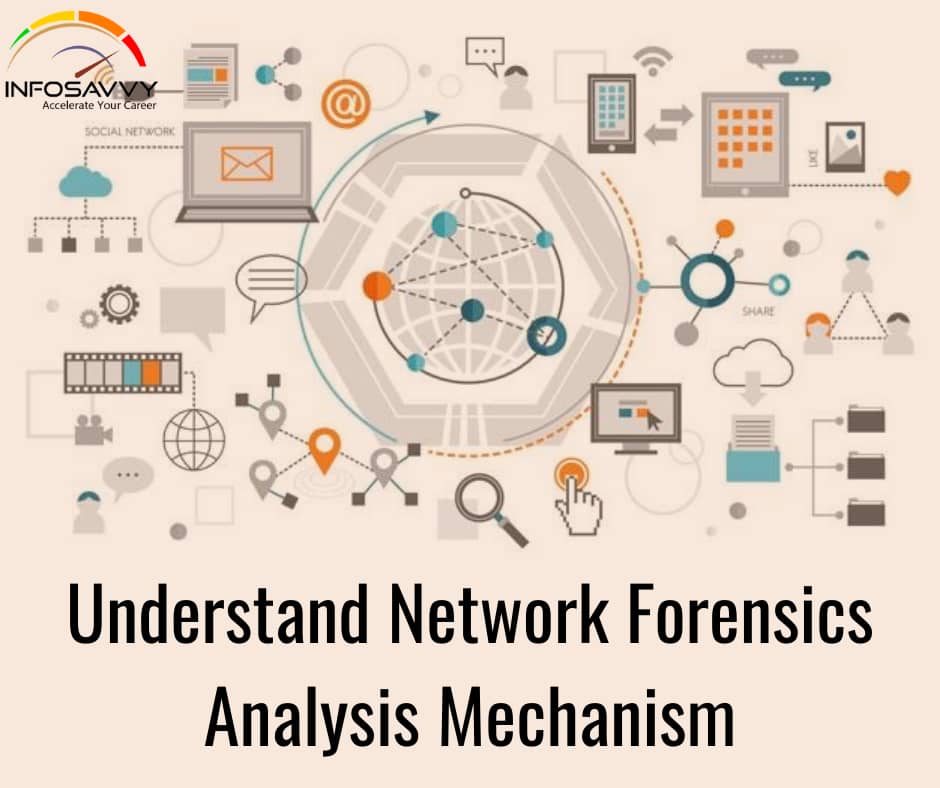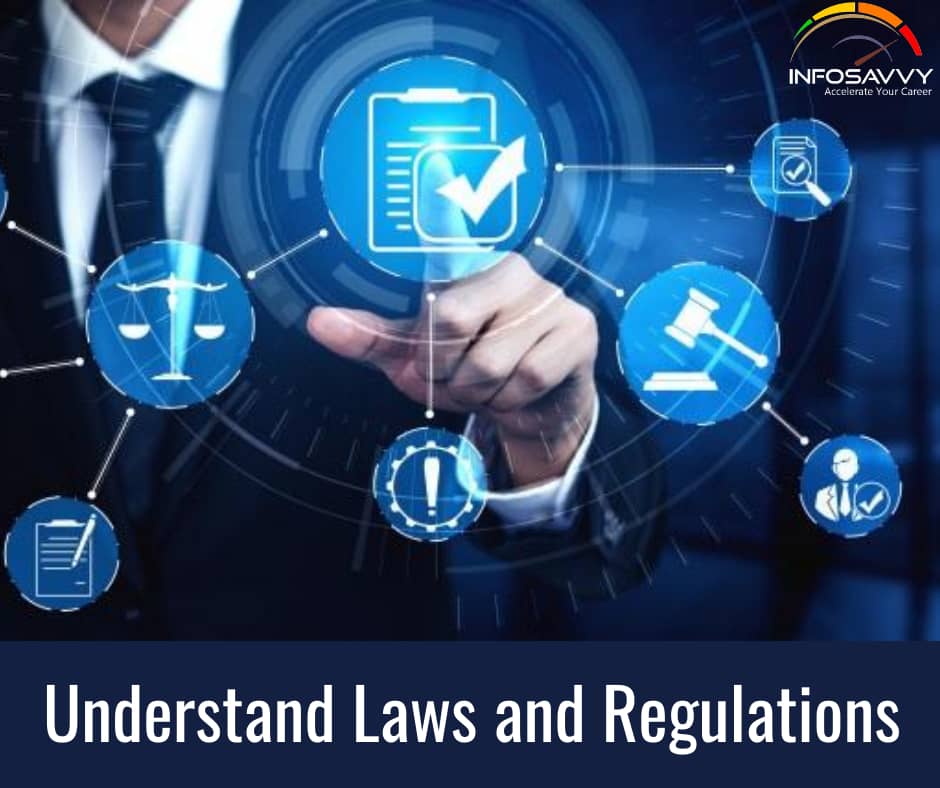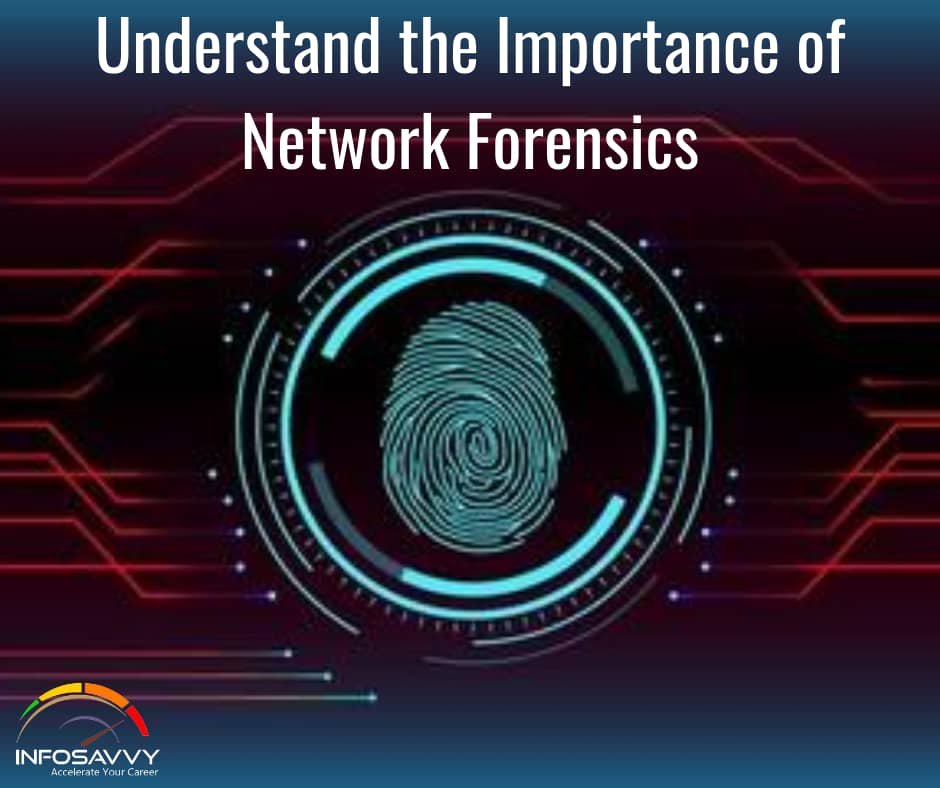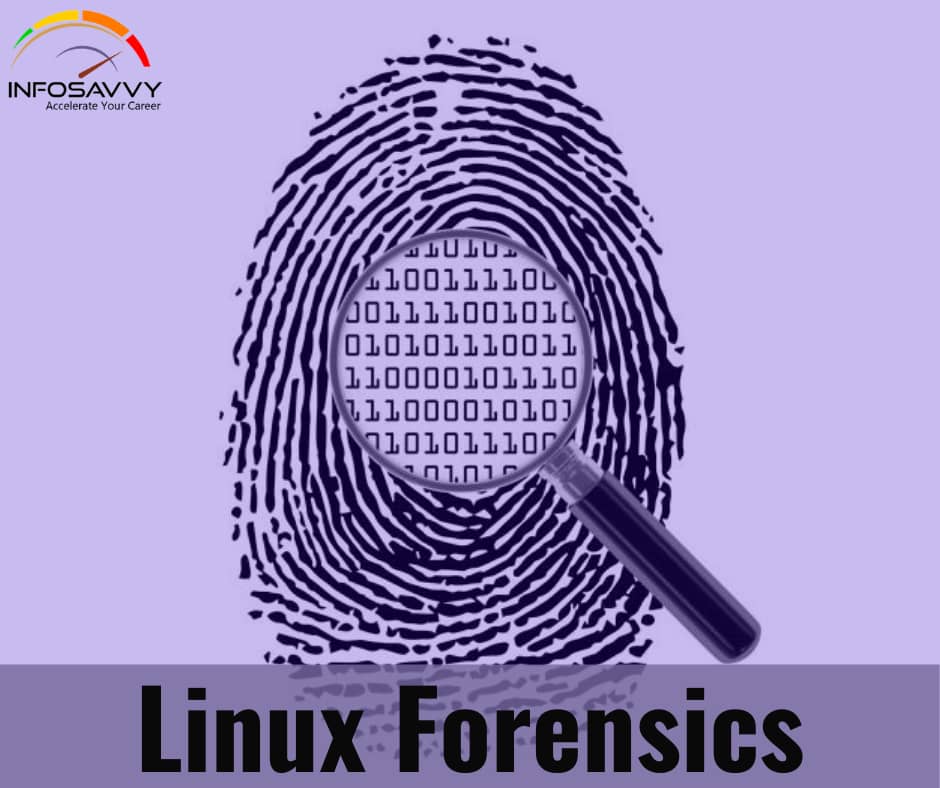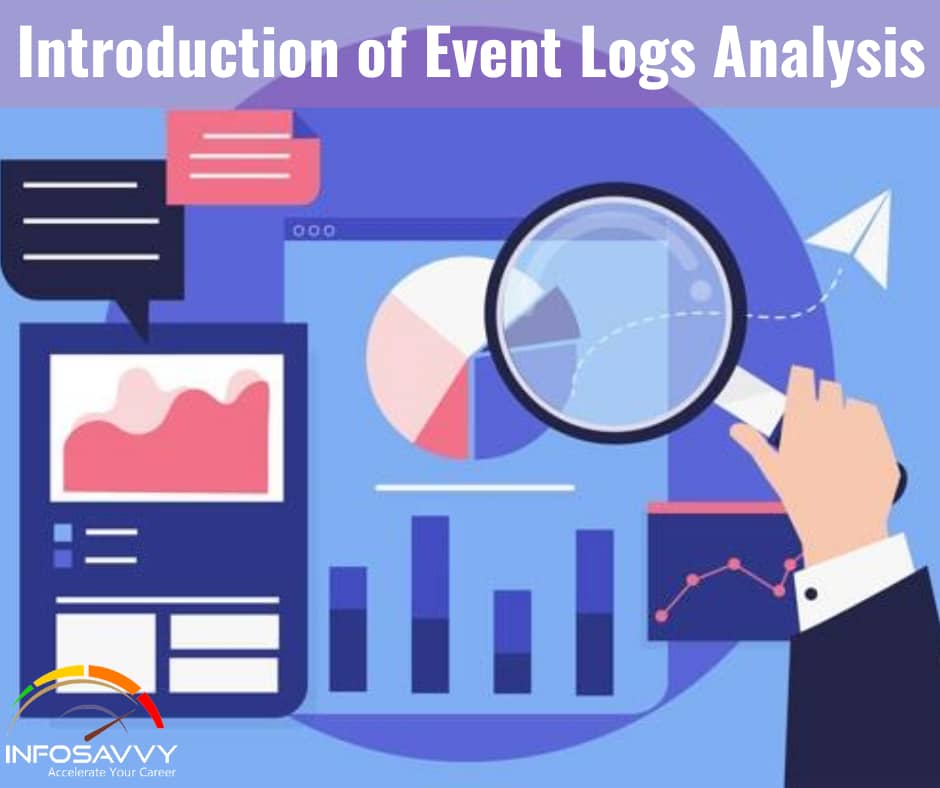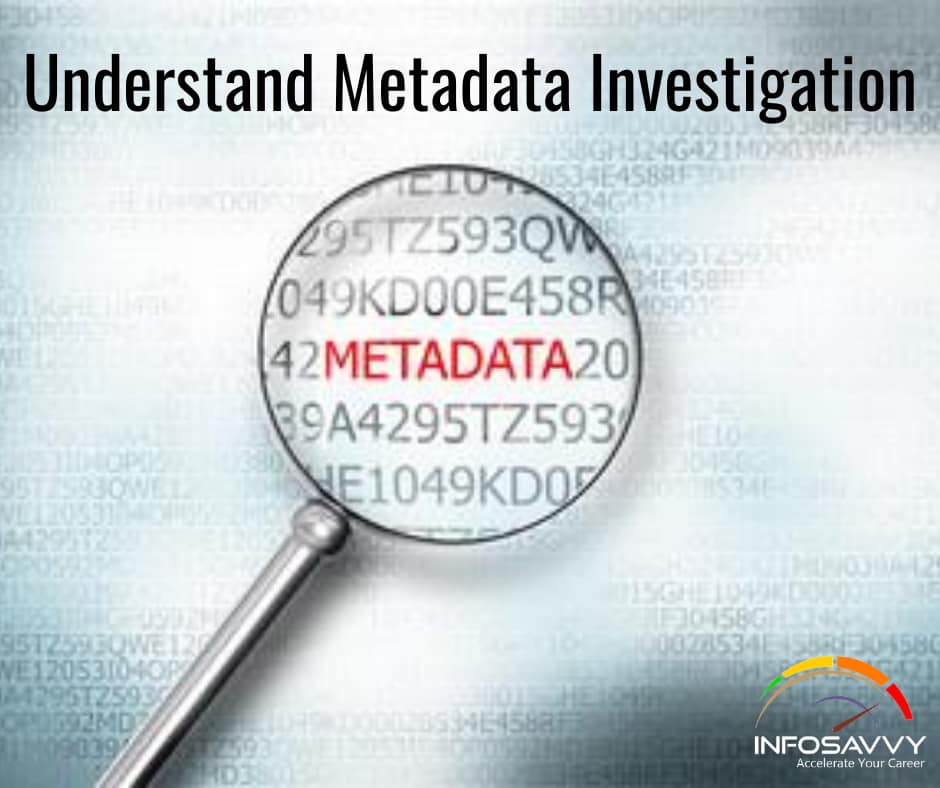Understand Network Forensics Analysis Mechanism
This network forensics analysis mechanism includes presenting the evidence, manipulating, and automated reasoning. Analyst Interface The analyst interface provides visualization of the evidence graph and reasoning results to the analyst, who passes the feedback to the graph generation and reasoning components. Evidence Collection Evidence collection involves the collection of intrusion evidence from networks and hosts under investigation. Evidence Preprocessing Evidence preprocessing deals with the analysis of assertive types of evidence, such as intrusion alerts, into …

